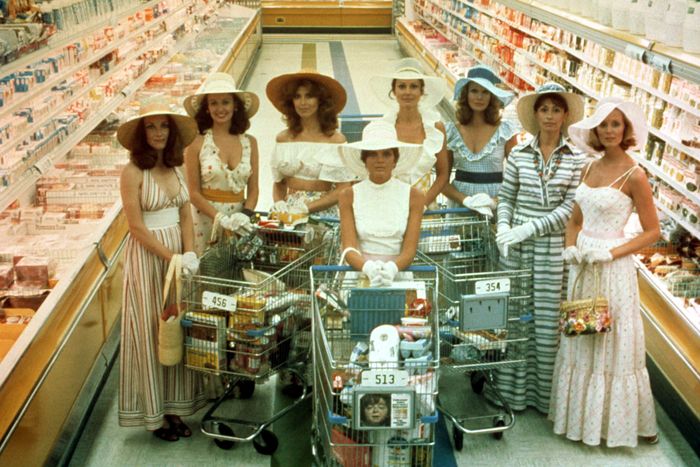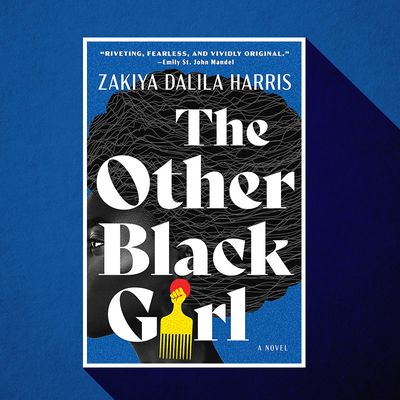
The buzziest debut novel of the summer begins with the protagonist, Nella, a beaten-down editorial assistant at a prestigious Manhattan publishing house, catching a comforting and familiar whiff of hair grease. A thrilling realization follows: Nella is no longer the only Black girl at the company. But that excitement soon gives way to fear. Zakiya Dalila Harris began writing The Other Black Girl while working as an assistant editor at Knopf Doubleday, and her textured observations of the overwhelmingly white world of publishing, and the insidious racism lurking therein, laid the groundwork for a tale that grows darker and more surreal as the narrative curls toward a shocking finale. Here, the author walks us through how she approached the ending and what it takes to write a great twist. “I tend to prefer twists that are especially bleak,” says Harris. “I’m not reading to make sure everyone’s okay.”
1.
Find What Feels Inevitable
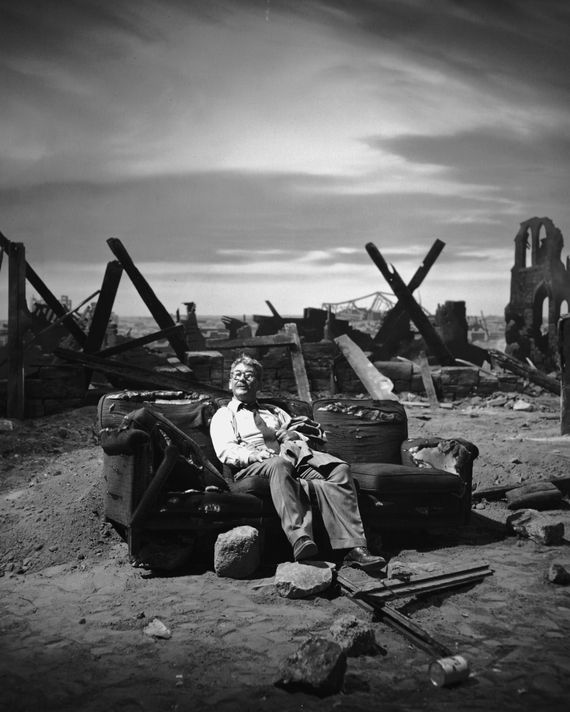
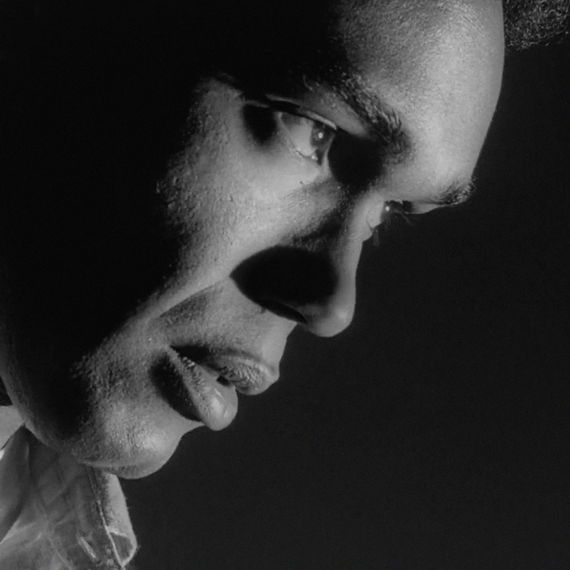
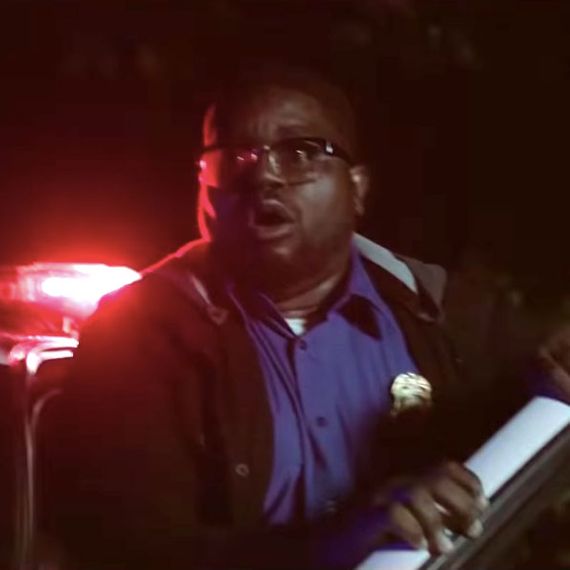
There are so many different ways to nail a twist, but it starts with believability. A twist fails if you haven’t sold the character or the world enough. You have to hypnotize the reader into believing the story is one thing — then you change the rules, and that’s scary.
I started writing The Other Black Girl in January 2019, when I was working at Knopf Doubleday. I’m a big fan of horror, sci-fi, suspense — I love shows like The Twilight Zone and Are You Afraid of the Dark? that put people in situations that seem really everyday and then get weirder and weirder and weirder. The best twists are ones that feel, in retrospect, almost inevitable. One of my favorites is from George A. Romero’s Night of the Living Dead. The Black protagonist tries to save the white people in the story from zombies. They all die, but he survives and gets through the entire night. He’s the only one left. The next morning, he hears a sound, looks through a broken window, and he’s shot — the people who were rounding up all the bodies assumed he was a zombie and killed him. That character wasn’t written specifically for a Black actor — Romero just gave it to the person who was the best for the role — but it’s really interesting to read it in the context of what it means to be a Black man in America. In these kinds of movies, usually at least one person survives. This Black protagonist doesn’t, and that would totally happen. That’s people being people. Get Out also has an amazing twist, with his friend driving up in the cop car at the end. Eric Garner was on my mind when I saw it, so the fact that the hero doesn’t get confronted by a white cop was a moment of comic relief. We’ve already seen the main character get put through the wringer; we’ve already been satisfyingly horrified. The twist comes from the fact that viewers know it could’ve been so much worse.
2.
Set the Stakes (Spoilers Ahead!)
When I started writing The Other Black Girl, I already had an ending in sight. I knew for sure that there were going to be these two Black women in this very white workplace, and I knew there would be something wrong with one of them, Hazel — that she’d be off. And I knew that I wanted my protagonist, Nella, to fail. I wanted the reader to care about her and root for her, but I also wanted to show the price of working in these white corporate spaces. By the time I was writing the first draft, I already knew that publishing wasn’t for me. I enjoyed it when I started, but it beat me down. I could tell myself, I’ll write at home, I’ll write on the side, but publishing will be how I pay my bills. But it also wasn’t really paying all my bills. And it was exhausting. A lot of people were just not interested in talking about how we can help lower-level employees move up the ladder, how we can specifically help bring in more diverse voices. In my experience, a lot of Black women do not stay in these spaces. My dad worked at Golf Digest in the late ’80s and early ’90s, and he was discriminated against: He did not get promoted when he should have been, and he ended up filing a lawsuit. I won’t get into all of the details, but he settled out of court. I grew up with this idea of, You have to literally fight the system or get out in order to be heard. But I wanted to play around with a third option in the book, too: that Nella might fail but that her failure could be a kind of success, a way to finally be in control.
I did not nail the ending on the first try. I wanted the reader to understand why Nella would go under in the way that she did, because we’ve already seen her get really excited about Hazel and their friendship and then the friendship fizzles out. We’ve seen her get embarrassed at the office. I worked to make sure that we understood her insecurities and how Hazel stirs them up — about not being Black enough and about Nella’s desire to be the next big Black editor. I knew Nella and Hazel would connect over hair; Nella feels as though she has been on the outside of Black culture and Blackness her whole life, and I wanted this to be the thing the women would bond over. I also knew that Hazel would be some kind of robot. I just didn’t know exactly how.
3.
Stick the Landing
The revelation came from my partner, now my fiancé. I would walk him through all the different pieces of the plot: There was something controlling the women, but robots felt too easy and obvious — I was like, “I’ve seen The Stepford Wives, that has been done.” And my fiancé said, “Well, what if it’s in the grease?” I was so mad. Why didn’t I think of this myself? I’m always twisting my hair with grease and talking about hair products — taking care of Black natural hair is such a big part of my identity. Many Black women see hair grease as this benign thing. It’s such a part of us. It made the ending easier to write: What ultimately transforms her wasn’t a pill Nella had to take. She was already using it. I also added a prologue, where you see another woman dealing with the effects of the grease before you meet Nella. I wanted to plant a moment of horror right at the beginning as a way of pointing to Nella’s transformation at the very end. A good twist needs to be set up in the opening pages — you need to hold this thing up in front of the reader so it’s right before their eyes but they can’t see it until you pull back the invisible curtain.
There’s this short story by Stephen King called “The Man Who Loved Flowers,” about this man walking through the city who seems so happy and so in love. Then you find out that he’s a serial killer on the very last page. For my twist, I tried to go against some genre expectations and literary conventions. Women, Black women especially, aren’t allowed to get dark — there are many amazing writers doing this work, but it’s not mainstream. Someone mentioned to me recently, “I thought this was going to be about two Black women being friends and having fun.” It’s like, Sorry, my bad.
The Other Black Girl is available now from Atria Books.



